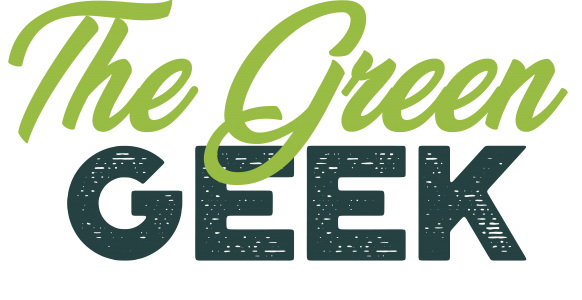The internet evolved drastically in the past decades, and the perception of it changed with it. The internet is a medium, something through which information is delivered to different users. According to McLuhan, the medium is the message. That means that the content is not so important, but the medium is the main influence of our perception of the information given. In the book Digital Society, the author talks about the media as an environment, a medium that defines human interaction. The author explains that every media has its type of perception and its symbols.
For examples, on Instagram and Snapchat, two similar social media applications, people take selfies in very different ways. The selfie, the content, is the same: a picture of our face posted on social media. The medium, however, is different. Instagram is a social media where the user creates their own profile and build their identity through the pictures they post. Snapchat is a social media where the user creates their own identity through the type of content they published. On is very much focused on the esthetic aspect of an individual; the other on their attitude, on the character they show in the stories.
According to McLuhan the message, indeed, is the social changes that a medium generates, and, in this example, while the content remains almost the same, the social changes generated are very different.
In the book Cyber Debates, the author explains how the perception of the Internet as new technology changes through the years. In the beginning, it was overestimated, and after the bubble burst in 2000, the perception of the Internet changed. The new revolt of nerds decided to fight against Internet closure and started creating open-source software. Those platforms changed the web definitely (e.g. Wikipedia in 2001, Facebook in 2004, and YouTube in 2005). After those changes, the polarization of philosophy around this subject started to grow. More people, like Postman were obsessed with the idea that technology was overthrowing society, and that culture was surrendering to it. Others, like Negroponte, though that technology was only giving people new solutions and possibility that before were impossible. In the end, the middle ground would be, according to Morozov, considering the Internet within all its implications without considering it as a mythical entity. Technology is society, and society cannot be read or understood with its technological tools.
When analyzing the Technological development, we should also take into considerations the public spheres, which are, according to Allison Cavanagh, a place in between the private and the public world. A context where, in private, things can be discussed within public opinion. Those little contexts can shape the way ideas around the developments of new technologies grew and change.




